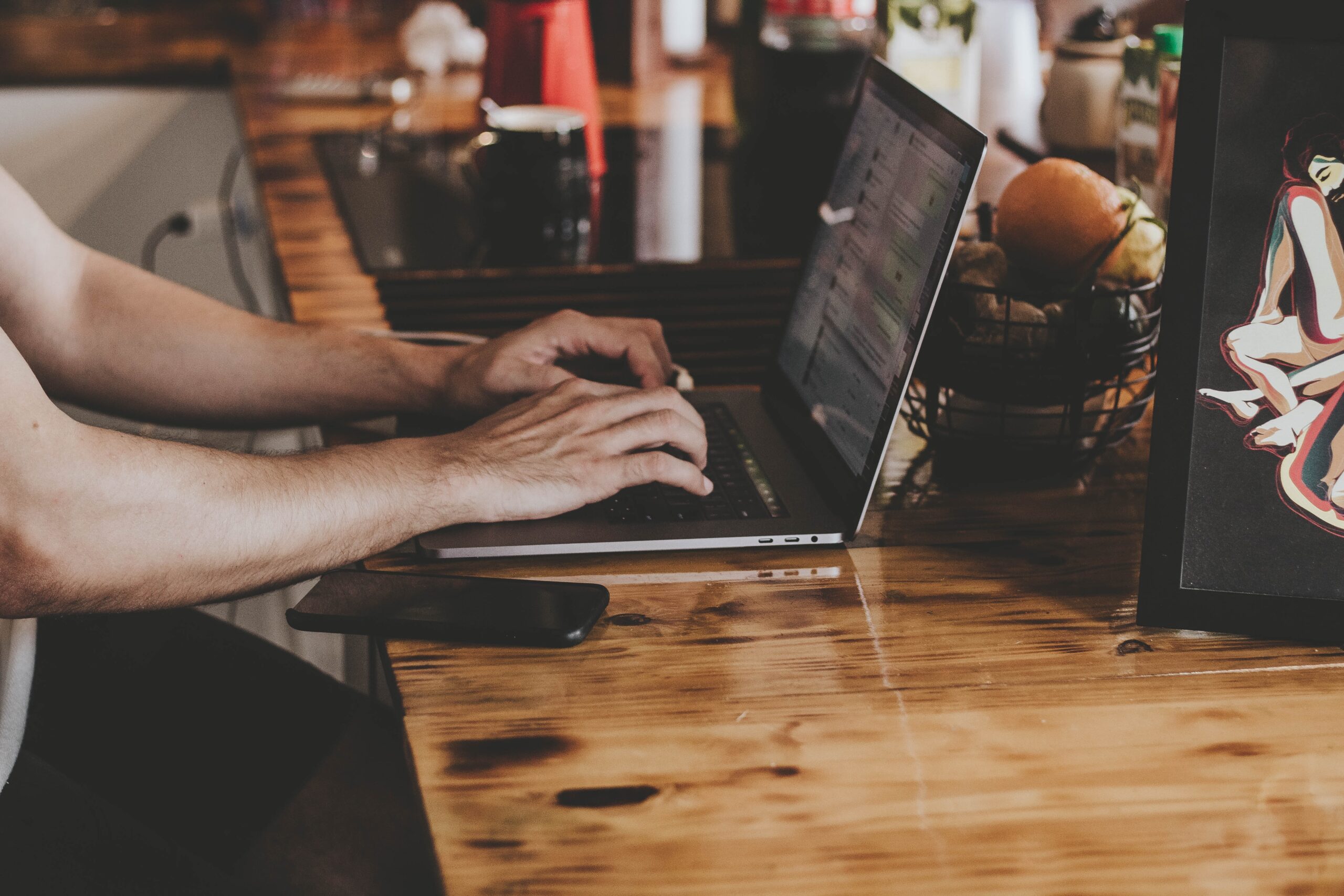Do you know how to train Stable Diffusion models? And are you wondering about the steps involved in fine-tuning them? We’ve got you covered! This guide will break down everything you need to know about training a Stable Diffusion model from scratch or fine-tuning an existing one. Not only will you learn the fundamentals, but we will also walk you through the technical aspects, best practices, and challenges to help you achieve the best results.
What Is Stable Diffusion Model Training?
Stable Diffusion model training is the process of teaching an AI model to generate images based on text prompts. This involves exposing the model to a vast dataset of images and their corresponding descriptions, allowing it to understand the relationships between words and visual elements.
The training process refines the model’s ability to generate high-quality images that align with specific user inputs. It includes several critical steps such as:
- Data preparation and preprocessing
- Selecting the right model architecture
- Training with GPU-accelerated hardware
- Fine-tuning with domain-specific datasets
- Evaluating and optimizing model performance
By following a structured approach, you can significantly improve the quality and efficiency of your AI-generated outputs.
How Do You Train A Stable Diffusion Model?
To train a Stable Diffusion model, you need high computational power and a well-organized dataset. The process involves initializing a pre-trained model, adjusting parameters, and optimizing performance using powerful hardware.
Key Steps in Training
- Set Up Environment – Install required dependencies such as Python, PyTorch, and Hugging Face’s Diffusers library.
- Prepare Dataset – Gather and preprocess a large set of high-quality image-text pairs.
- Choose a Pre-trained Model – Models like Stable Diffusion v1.5 or v2 can be used as a base.
- Fine-Tune Parameters – Adjust hyperparameters like learning rate, batch size, and diffusion steps.
- Start Training – Run the training process using GPUs or TPUs for high-speed computation.
- Evaluate & Optimize – Test outputs, refine parameters, and improve model accuracy.
Technical Requirements
| Requirement | Details |
| Hardware | NVIDIA GPU with at least 12GB VRAM |
| Software | Python, PyTorch, Hugging Face Diffusers |
| Dataset | Large-scale image-text pairs (e.g., LAION-5B) |
| Training Time | Several hours to days |
How To Fine-Tune A Stable Diffusion Model?
Fine-tuning a Stable Diffusion model improves its ability to generate specific types of images. Instead of training from scratch, fine-tuning adapts an existing model to perform better on niche datasets.
Steps to Fine-Tune
- Use transfer learning to leverage pre-trained model weights.
- Prepare a high-quality, domain-specific dataset for training.
- Adjust model parameters and train only selected layers to reduce computational cost.
- Lower the learning rate to prevent overfitting and maintain generalization.
- Regularly evaluate outputs and adjust the dataset if necessary.
Comparison Between Training and Fine-Tuning
| Aspect | Full Training | Fine-Tuning |
| Dataset Size | Large (millions of images) | Small (thousands of images) |
| Computational Power | High (multiple GPUs needed) | Moderate (single GPU possible) |
| Training Time | Weeks to months | Hours to days |
| Use Case | Building a new model from scratch | Adapting an existing model to a niche dataset |
What Are The Challenges Of Training Stable Diffusion Models?
Training a Stable Diffusion model is resource-intensive and requires careful optimization. Several challenges arise during the process, including:
- High GPU and VRAM Requirements – Large models demand significant computing power, making it costly.
- Long Training Times – Training from scratch can take weeks or even months.
- Overfitting – Small datasets can cause the model to memorize patterns instead of generalizing.
- Balancing Image Quality and Diversity – Ensuring high-quality outputs while maintaining creative diversity is challenging.
- Dataset Bias – Poor dataset selection can introduce unwanted biases into generated images.
Best Practices For Training Stable Diffusion Models
To achieve optimal results, follow these best practices:
- Use High-Quality Data – Poor-quality images lead to low-quality generations.
- Optimize Hyperparameters – Fine-tune settings like batch size and learning rate for better efficiency.
- Monitor Training Performance – Regularly validate outputs and adjust as needed.
- Leverage Pre-Trained Models – Avoid unnecessary resource consumption by using existing models as a base.
- Use Cloud GPUs – Services like Google Colab Pro or AWS reduce hardware costs.
Conclusion
Training a Stable Diffusion model requires a combination of high computing power, structured datasets, and strategic optimization. Whether you’re training from scratch or fine-tuning a model, it’s essential to follow best practices and continuously refine the process. By leveraging pre-trained models, optimizing hyperparameters, and using high-quality data, you can achieve stunning AI-generated images with precision.
Now that you know how to train Stable Diffusion models, it’s time to experiment and push the boundaries of AI-powered creativity!
Machine learning is interesting, and so is the article here: Stable Diffusion Vs. Disco Diffusion.
